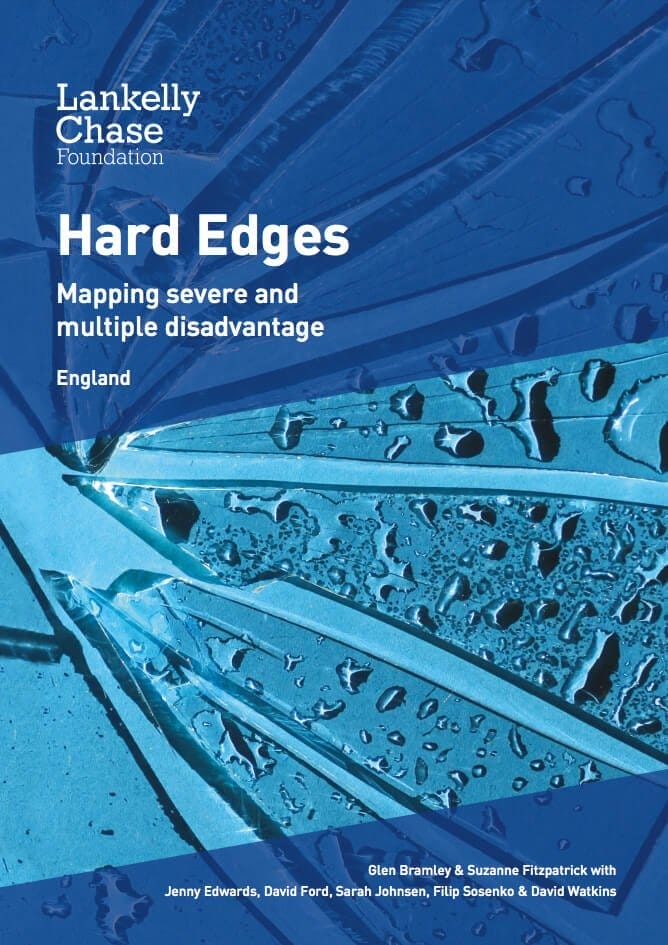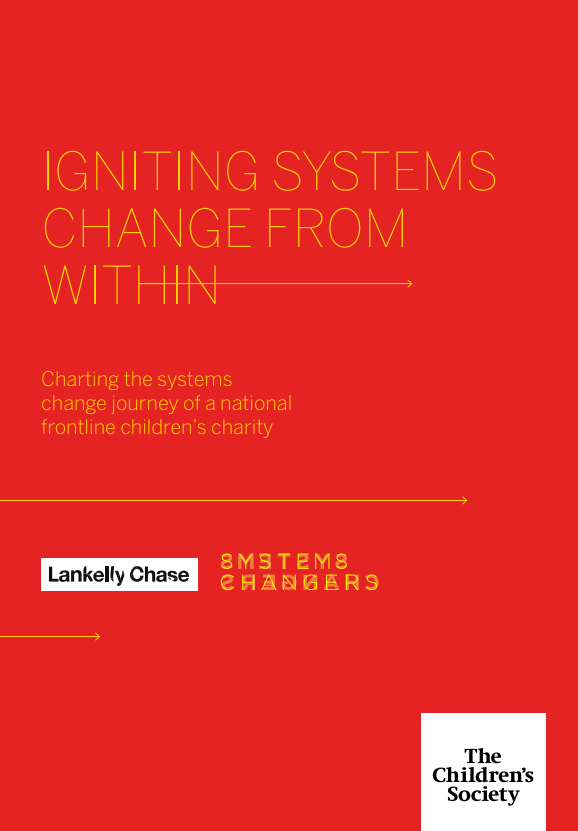1st January 2015, words by Glen Bramley, Suzanne Fitzpatrick, Jenny Edwards, David Ford, Sarah Johnsen, Filip Sosenko, David Watkins
Lankelly Chase with Heriot-Watt University has released the most robust research to date on severe and multiple disadvantage in England. Hard Edges: Mapping Severe and Multiple Disadvantage in England draws together previously separate datasets from homelessness, offending and substance misuse treatment systems. It also takes into account available data around mental health and poverty. It delivers the latest and most comprehensive statistics on people facing severe and multiple disadvantage: where they live, what their lives are like, how effectively they are supported by services, and the economic implications of the disadvantages they face.
Key headlines reveal:
- There is a huge overlap between the offender, substance misusing and homeless populations. For example, two thirds of people using homeless services are also either in the criminal justice system or in drug treatment in the same year.
- Local authorities which report the highest rates of people facing severe and multiple disadvantage are mainly in the North of England, seaside towns and certain central London boroughs. However, even in the richest areas, there is no part of England that is untouched by the issue of severe and multiple disadvantage.
- People found in homelessness, drug treatment and criminal justice systems are predominantly white men aged 25-44
- As children, many experienced trauma and neglect, poverty, family breakdown and disrupted education. As adults, many suffer alarming levels of loneliness, isolation, unemployment, poverty and mental ill-health. All of these experiences are considerably worse for those in overlapping populations.
- The majority are in contact with or are living with children.



